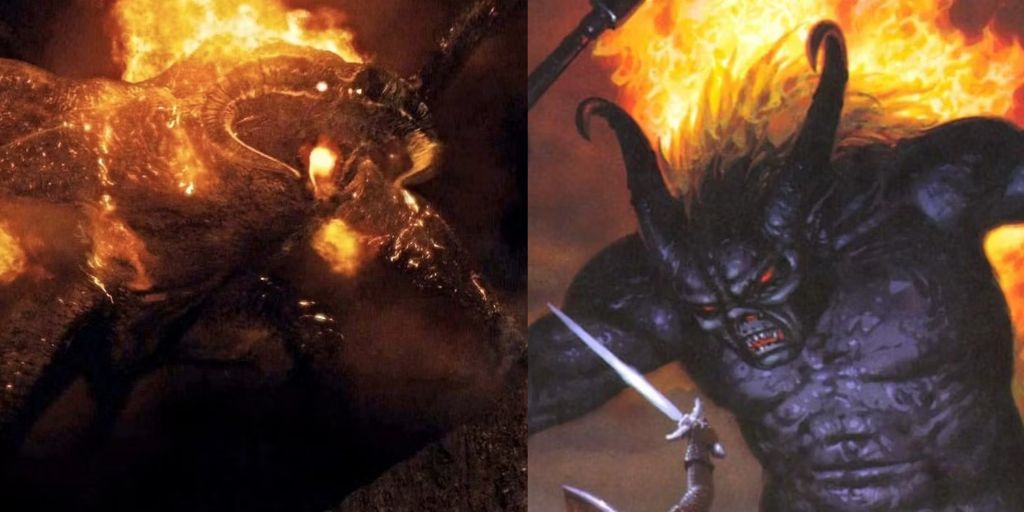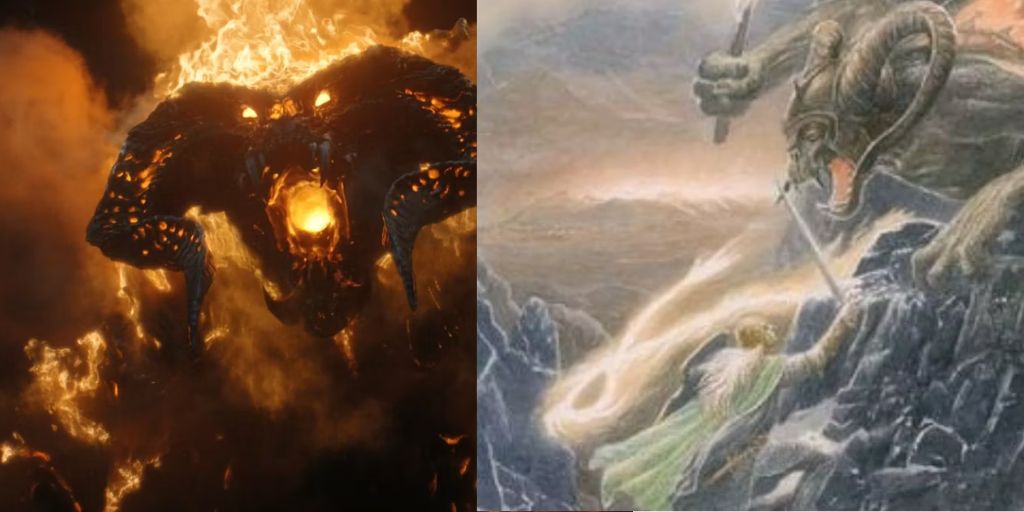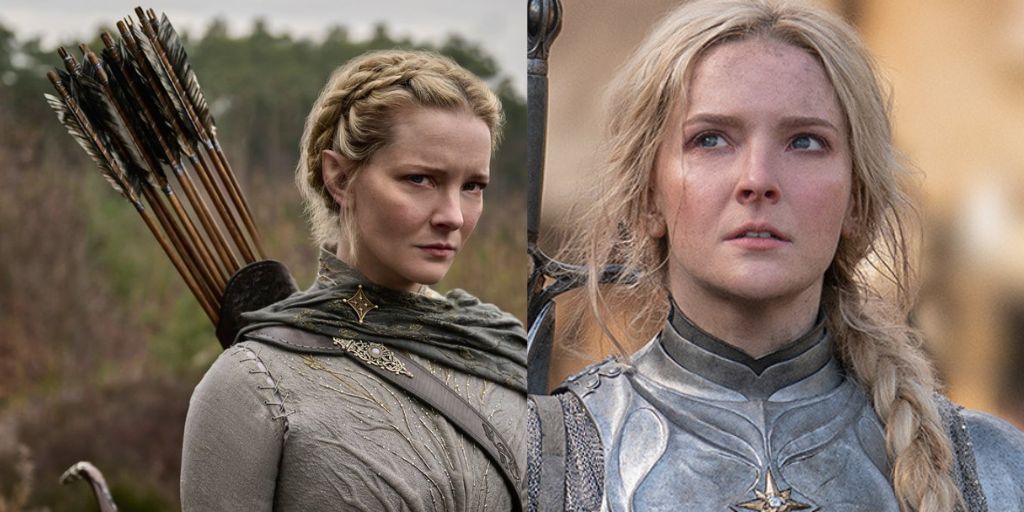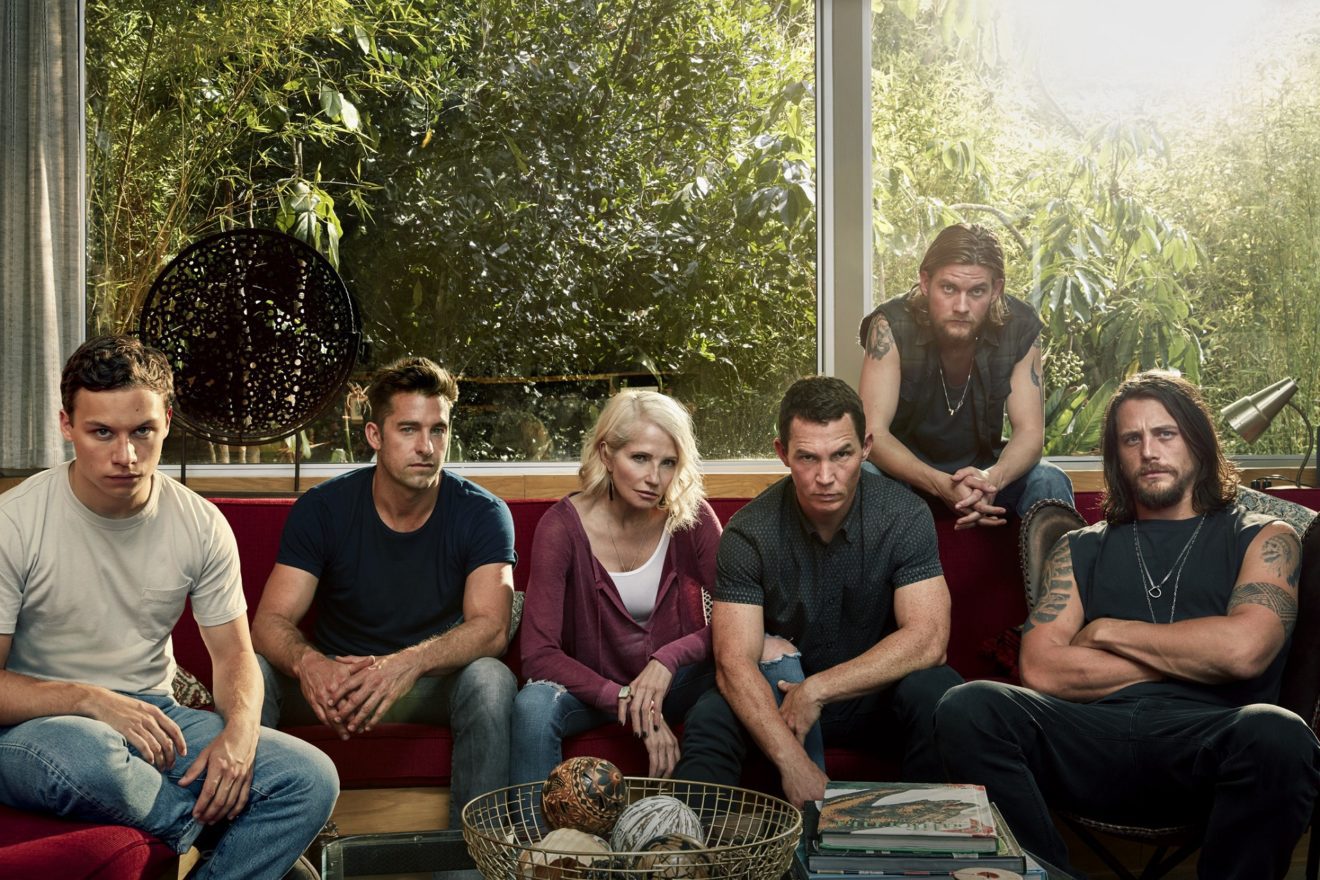Author J. R. R. Tolkien revitalized the fantasy genre with his epic work, The Lord of the Rings. This series, a follow-up to his earlier story, The Hobbit, takes readers to the magical land of Middle-earth.
Here, various beings like humans, elves, dwarves, and hobbits fight against dark forces. Among the many ancient creatures in this world, the Balrogs stand out as some of the most memorable and fearsome.
The first appearance of Balrogs is in The Fellowship of the Ring. They are described as ancient demons, taking the shape of living shadows and flames. They wield whips and swords made of fire. Tolkien goes deeper into their background in his mythological work, The Silmarillion.
According to this book, the Balrogs were originally part of a celestial order called the Maiar. These beings were created by Eru Ilúvatar, the supreme deity in Tolkien’s universe, to serve the Valar. The Valar are powerful entities responsible for governing the world of Arda.
However, when Melkor, the most powerful of the Valar, rebelled, some of the Maiar joined him and were corrupted into Balrogs.
Along with Sauron, another fallen Maia, the Balrogs became Morgoth’s chief lieutenants in his quest to dominate and destroy Arda. Ultimately, the Valar defeated Morgoth in the War of Wrath, banishing him from the world. The surviving Balrogs went into hiding, waiting for Morgoth’s return.
Tolkien’s views on the number of Balrogs varied over time, but he eventually settled on a range of three to seven. Outside of this range, four Balrogs are described in detail in his writings, and three of them have specific names and titles.
Despite their relatively small role in the series, Balrogs remain iconic figures in fantasy literature due to their terrifying appearance, their status as fallen angels, and the great effort required to defeat them.
Glorfindel’s Balrog in The Silmarillion
One of Morgoth’s most significant challenges was the hidden city of Gondolin. The Ñoldor elves, led by King Turgon, resisted Morgoth’s conquest from this city. Morgoth learned the city’s location after capturing the elf Maeglin. He then attacked Gondolin with all his forces, including Balrogs flying on dragons.
A Balrog led orcs against the survivors who were trying to flee. However, this Balrog was stopped by the elven hero Glorfindel, who was killed in the battle.

This particular Balrog, which is not named, is considered the least impressive among the Balrogs, but its role in the fall of Gondolin adds to the city’s tragic end. The battle between Glorfindel and the Balrog is similar to Gandalf’s battle in The Fellowship of the Ring.
The films by Peter Jackson portray Glorfindel’s role as being played by Arwen, who helps Frodo reach Rivendell. This parallel reflects how powerful and memorable these battles are in Tolkien’s work.
Lungorthin in The Silmarillion
Of the three Balrogs with names, Lungorthin is the least developed. Known as “Lord of Balrogs,” he was a subordinate to Gothmog, the chief of the Balrogs. Lungorthin was notorious for his sadistic nature and used his flaming whip to inflict pain and suffering.
He assisted Gothmog in killing King Fingon during the Battle of Unnumbered Tears and tortured Húrin, a human hero who had defied Morgoth many times.
Lungorthin’s character is described as cruel and malicious. He took pleasure in causing pain and spreading Morgoth’s dark will. However, little is known about his fate after the War of Wrath. He may have been killed in the conflict, or he might have escaped underground.
There is also a possibility that Lungorthin could be the Balrog that fought Glorfindel or the one that drove the dwarves from Khazad-dûm, though these theories are less likely. What remains clear is Lungorthin’s reputation as a malevolent force in Tolkien’s legendarium.
Gothmog in The Silmarillion
Gothmog, the high-captain of Angband, was the true Lord of the Balrogs and Morgoth’s chief servant. He wielded a powerful black battleaxe and led Morgoth’s armies against the Ñoldor elves and their allies.
Gothmog was responsible for the deaths of two High Kings of the Ñoldor: Fingon and Fëanor. He met his end during the Fall of Gondolin when the elf Ecthelion of the Fountain sacrificed himself to extinguish Gothmog’s flames in the Fountain of the King.
Gothmog’s legacy continues through an orc bearing his name, who served under the Witch King of Angmar in the attack on Minas Tirith.
Gothmog was second only to Sauron in Morgoth’s service and, in many ways, surpassed Sauron with his battlefield victories. He was a formidable warrior, leaving a path of destruction and flames. His influence extends beyond his death, highlighting his significant role in Tolkien’s world.
Durin’s Bane in The Silmarillion, The Fellowship of the Ring, and The Two Towers
After the War of Wrath, one Balrog hid deep within the Misty Mountains. The dwarves built the kingdom of Khazad-dûm above it, and during the Third Age, they accidentally awoke it by mining too greedily in search of mithril.
This Balrog, known as Durin’s Bane, killed their king, Durin IV, and drove the dwarves from their home. Many years later, Durin’s Bane attacked the Fellowship as they travelled through Khazad-dûm, leading to a legendary battle with Gandalf the Grey.
Durin’s Bane is notable for its role in The Fellowship of the Ring. Its surprise attack on the Fellowship hinted at ancient horrors lurking in the dark corners of the world.

The battle with Gandalf showcases the struggle of good against evil. Gandalf’s defiant stance and ultimate sacrifice to defeat Durin’s Bane are memorable moments in Tolkien’s work. Gandalf’s victory over this Balrog demonstrates that even the greatest evil can be overcome, although it comes at a significant cost.
The Balrogs are among the most striking and memorable creatures in Tolkien’s legendarium. Each Balrog has a unique role and story, contributing to the rich view of Middle-earth’s history. Their fearsome appearance, tragic backstories, and epic battles continue to attract readers and fans of Tolkien’s work.





